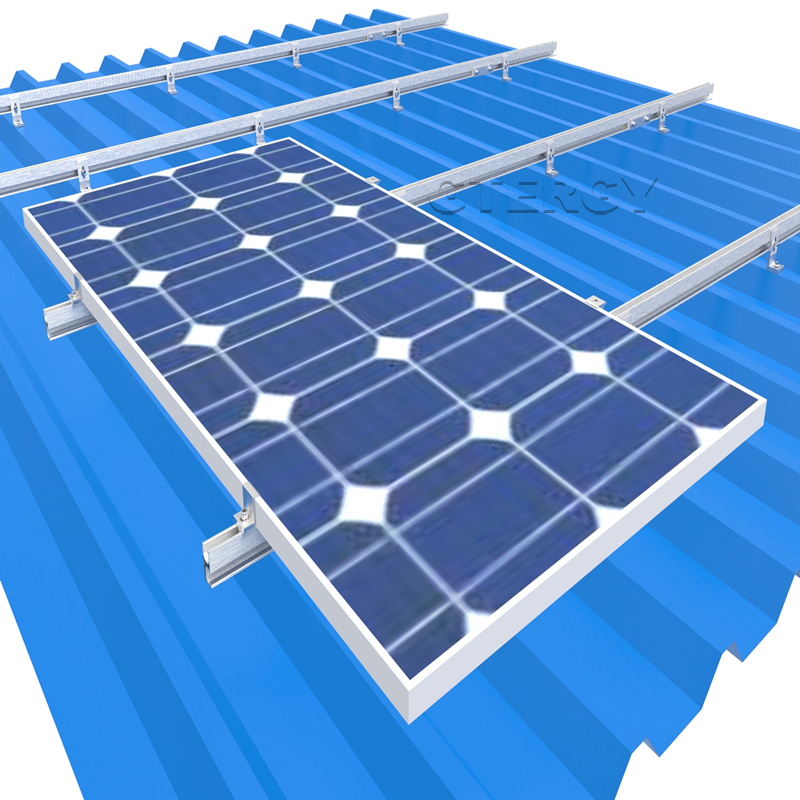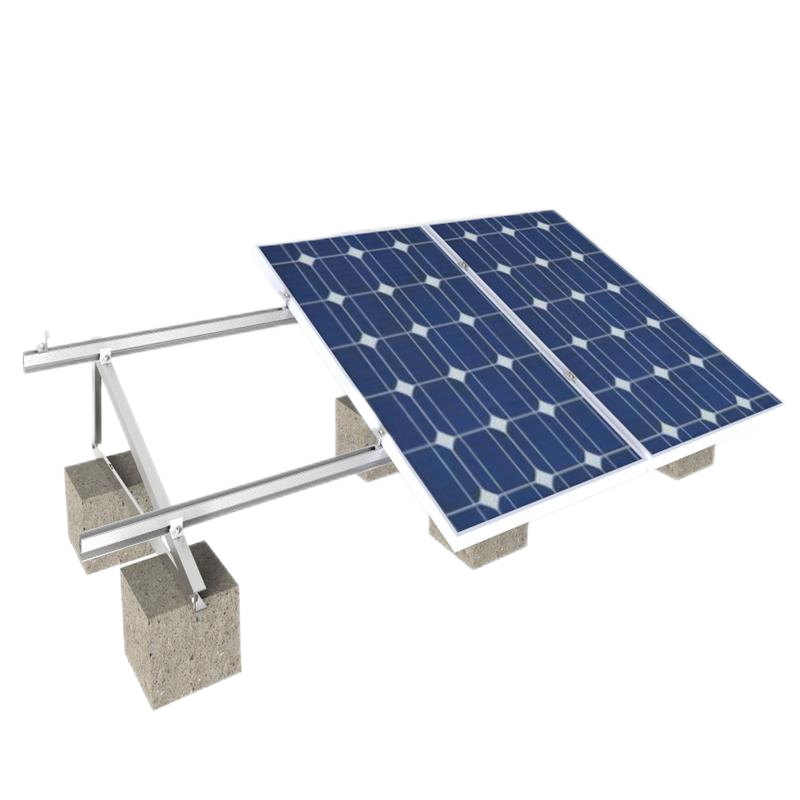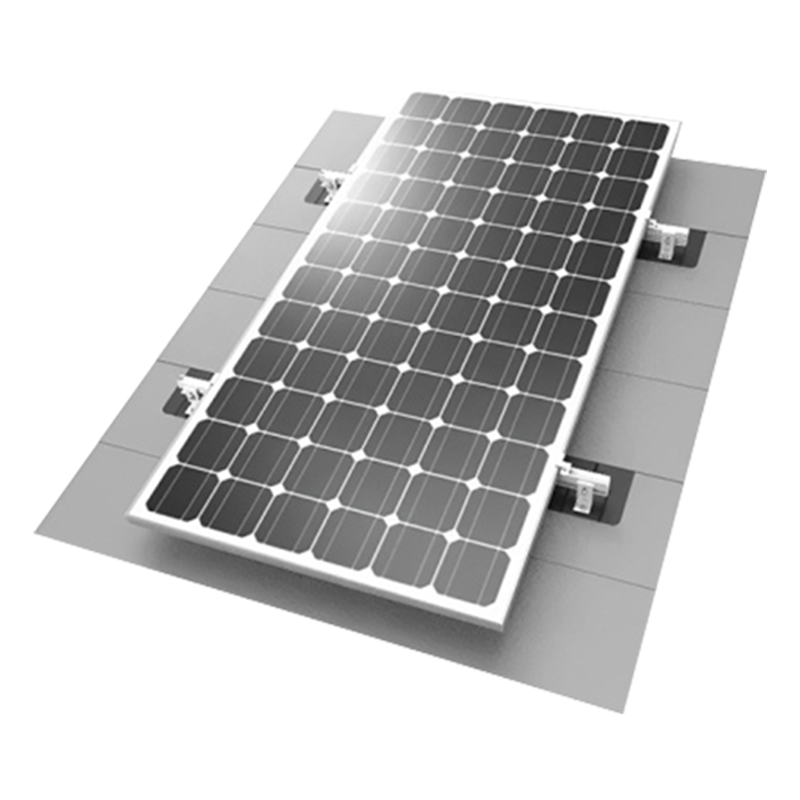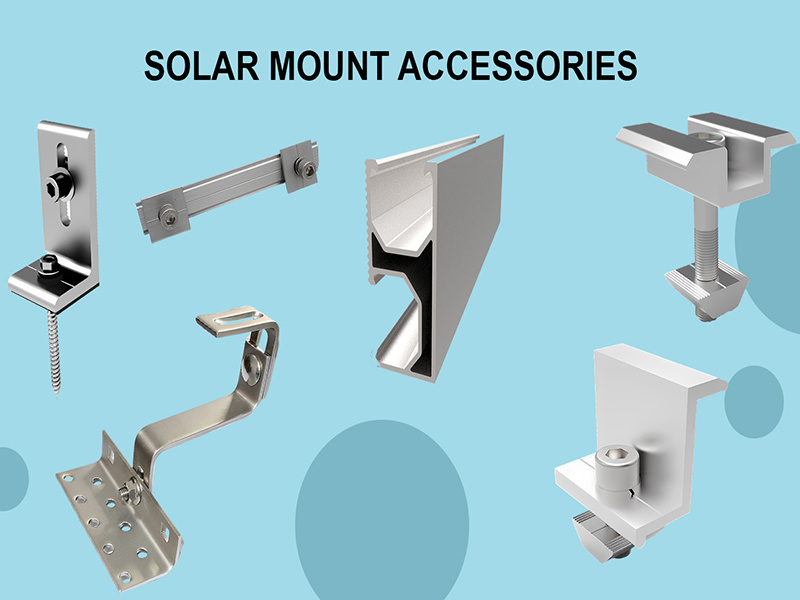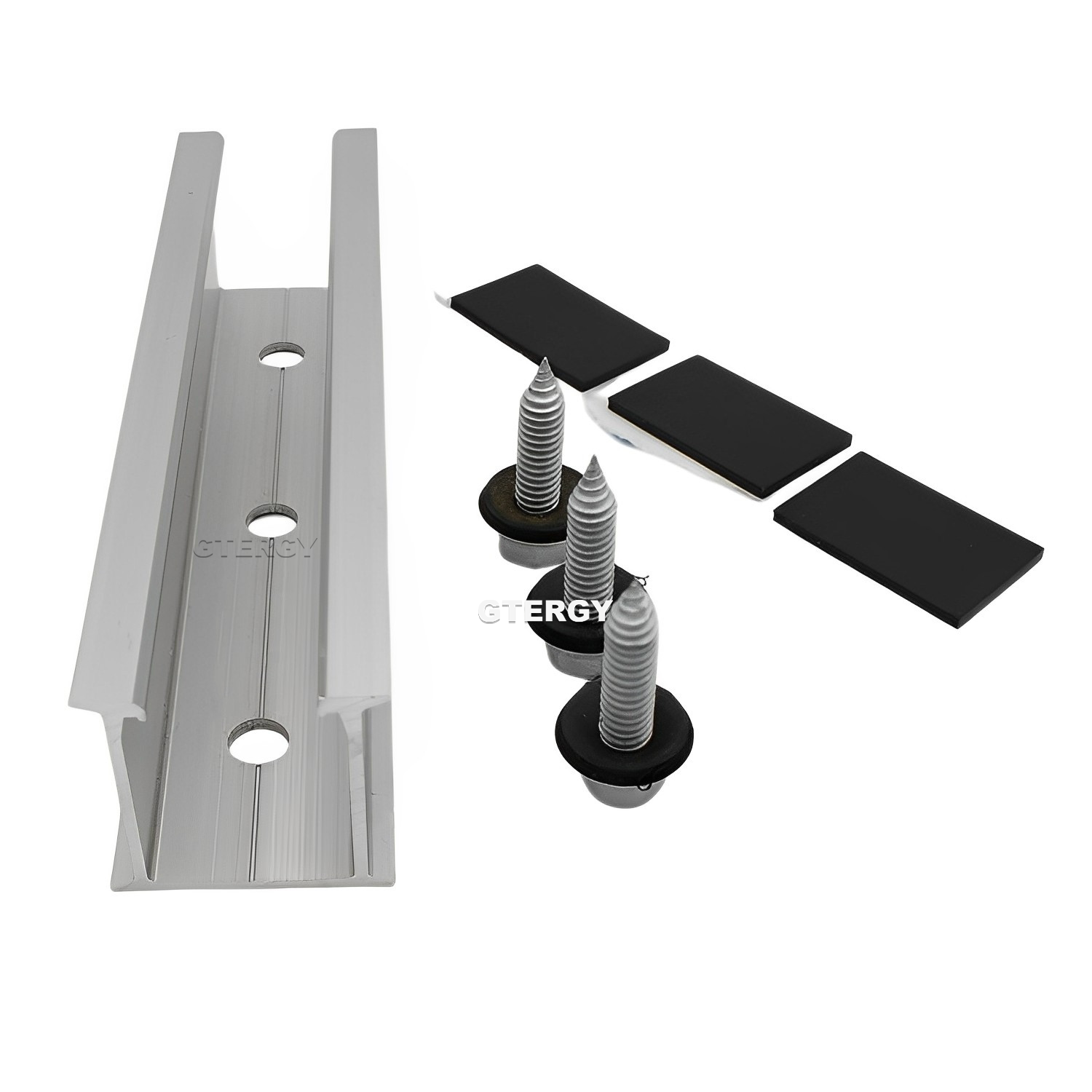Exploring the Benefits of Using Solar Roof Rails in Industrial Settings
2025-06-21
Exploring the Benefits of Using Solar Roof Rails in Industrial Settings
Table of Contents
- 1. Introduction to Solar Roof Rails
- 2. Enhanced Energy Efficiency in Industrial Operations
- 3. Significant Cost Savings Over Time
- 4. Sustainability and Environmental Impact
- 5. Installation Process for Solar Roof Rails
- 6. Maintenance of Solar Roof Rails
- 7. Case Studies: Successful Implementations
- 8. The Future of Solar Technology in Industrial Settings
- 9. Frequently Asked Questions (FAQs)
- 10. Conclusion
1. Introduction to Solar Roof Rails
Solar roof rails are an innovative component in the realm of renewable energy solutions, particularly for industrial settings. These fixtures provide a robust and efficient way to mount solar panels securely on rooftops, optimizing space while maximizing energy capture. As industries strive to reduce their carbon footprint and operational costs, solar roof rails emerge as a crucial asset.
The demand for sustainable energy sources is accelerating, making solar energy an increasingly viable option for industrial applications. By understanding the benefits of solar roof rails, organizations can make informed decisions that align with their operational goals and sustainability initiatives.
2. Enhanced Energy Efficiency in Industrial Operations
In any industrial setting, energy efficiency is paramount. Solar roof rails facilitate the installation of solar panels, enabling facilities to harness solar energy effectively. This shift towards renewable energy significantly reduces reliance on conventional power sources.
**Key Advantages of Energy Efficiency**:
- **Direct Energy Generation**: Solar panels installed on roof rails convert sunlight into electricity, providing a direct source of renewable energy for industrial operations.
- **Peak Load Reduction**: Utilizing solar energy during peak operational hours can help reduce electricity costs, especially during high-demand periods.
- **Grid Independence**: Companies can become less reliant on the grid, leading to increased operational stability and reduced vulnerability to energy price fluctuations.
By integrating solar roof rails, industries can achieve substantial energy savings, further driving operational efficiency and sustainability.
3. Significant Cost Savings Over Time
Investing in solar roof rails and associated solar technologies can lead to significant cost savings over time. Although the initial investment may seem considerable, the long-term financial benefits are undeniable.
**How Solar Roof Rails Save Money**:
- **Reduced Electricity Bills**: By generating their own electricity, industries can drastically cut their monthly energy bills.
- **Tax Incentives and Rebates**: Many governments offer incentives for renewable energy investments, which can offset the initial installation costs.
- **Increased Property Value**: Properties equipped with solar energy systems often see a rise in value, making them more appealing to potential buyers or investors.
The combination of these factors makes solar roof rails not only an environmentally responsible choice but also a financially savvy investment.
4. Sustainability and Environmental Impact
Adopting solar roof rails is a crucial step towards achieving sustainability goals. As businesses face increasing pressure to demonstrate their commitment to environmental stewardship, solar energy provides a clear pathway.
**Environmental Benefits**:
- **Reduction of Carbon Footprint**: Solar energy significantly decreases greenhouse gas emissions associated with fossil fuel consumption.
- **Conservation of Resources**: By utilizing renewable resources, industries contribute to the conservation of non-renewable energy sources.
- **Support for Green Initiatives**: Implementing solar technologies aligns with global movements towards sustainability, enhancing corporate reputation and stakeholder trust.
Embracing solar roof rails not only benefits the environment but also positions companies as leaders in sustainability within their respective industries.
5. Installation Process for Solar Roof Rails
The installation of solar roof rails is a critical step in maximizing the benefits of solar energy. Understanding the process can help companies plan effectively and minimize disruptions.
**Steps in the Installation Process**:
1. **Site Assessment**: Conduct a thorough evaluation of the roof structure to determine suitability for solar panel installation.
2. **Design Planning**: Create a layout plan for the solar panels based on the roof's dimensions, orientation, and local solar potential.
3. **Rail Mounting**: Install the solar roof rails, ensuring they are securely fixed to the roof to withstand environmental conditions.
4. **Panel Installation**: Attach the solar panels to the rails, ensuring proper alignment for optimal sunlight exposure.
5. **Electrical Wiring**: Connect the system to the electrical grid or battery storage, ensuring compliance with local regulations.
By following these steps, organizations can ensure a smooth installation process that maximizes the efficiency of their solar energy system.
6. Maintenance of Solar Roof Rails
Maintaining solar roof rails and the associated panel system is essential to ensure long-term efficiency and effectiveness. Regular maintenance can extend the lifespan of the system and maintain optimal performance.
**Maintenance Best Practices**:
- **Regular Inspections**: Conduct periodic inspections to check for any signs of wear or damage on the roof rails and solar panels.
- **Cleaning**: Keep solar panels free of dirt, dust, and debris to ensure maximum sunlight absorption.
- **Electrical Checks**: Periodically review the electrical connections and wiring for any signs of degradation or malfunction.
By adhering to these maintenance practices, industries can safeguard their investment and ensure continued energy generation.
7. Case Studies: Successful Implementations
Understanding real-world applications can illuminate the advantages of solar roof rails. Here are a few notable case studies:
**Case Study 1: Manufacturing Facility**
A large manufacturing plant installed solar roof rails to power its operations. After implementation, the facility reported a **40% reduction in energy costs**, translating to savings of thousands of dollars annually.
**Case Study 2: Warehousing Company**
A warehousing company adopted solar roof rails to cover its expansive roof area. This transition not only provided energy independence but also contributed to the site’s sustainability goals, earning it recognition in local environmental initiatives.
These examples highlight the tangible benefits that can be achieved through the strategic implementation of solar roof rails.
8. The Future of Solar Technology in Industrial Settings
As technology evolves, the potential for solar energy in industrial applications continues to expand. Emerging innovations, such as improved solar panel efficiencies and advanced storage solutions, promise to enhance the viability of solar roof rails further.
**Future Trends**:
- **Integration with Smart Technologies**: The incorporation of IoT and smart grid technologies can optimize energy consumption and management.
- **Enhanced Panel Efficiency**: Ongoing research into solar panel materials may lead to higher efficiency rates, maximizing energy generation.
- **Increased Demand for Renewable Energy**: As industries look to meet regulatory requirements and consumer demands for sustainability, the adoption of solar technologies will likely accelerate.
These advancements will solidify the role of solar roof rails in shaping the future landscape of industrial energy solutions.
9. Frequently Asked Questions (FAQs)
What are solar roof rails?
Solar roof rails are mounting systems designed to securely hold solar panels on rooftops, optimizing their exposure to sunlight while ensuring structural integrity.
How do solar roof rails improve energy efficiency?
By enabling the installation of solar panels, solar roof rails help industrial settings harness renewable energy, reducing reliance on traditional power sources and lowering energy costs.
What kind of maintenance do solar roof rails require?
Regular inspections, cleaning of solar panels, and checks on electrical connections are essential to maintaining the efficiency of solar roof rails and the solar panel system.
Are there financial incentives for installing solar roof rails?
Yes, many governments offer tax credits, rebates, and other financial incentives to encourage the adoption of renewable energy technologies, including solar installations.
Can solar roof rails be installed on any type of roof?
Most roofs can accommodate solar roof rails, but a thorough structural assessment is necessary to ensure suitability and safety.
10. Conclusion
The benefits of using solar roof rails in industrial settings are numerous and impactful. From enhanced energy efficiency and significant cost savings to supporting sustainability and environmental initiatives, solar roof rails represent a forward-thinking solution for modern industrial challenges. As businesses continue to seek ways to innovate and reduce their carbon footprint, investing in solar technology will undoubtedly play a pivotal role in shaping the future of industrial energy consumption. Embracing solar roof rails not only positions companies as leaders in sustainable practices but also contributes to a more resilient and eco-friendly industrial landscape.
Related Information



